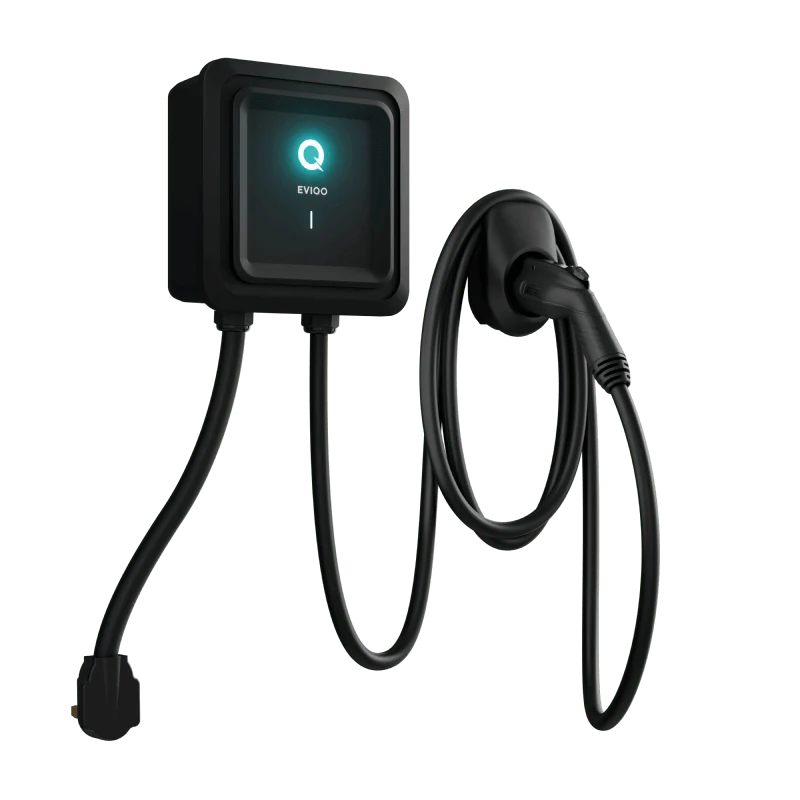So, you bought an electric vehicle. Great move. But don’t leave money on the table—there’s a federal EV tax credit of up to $7,500 waiting for you, depending on your vehicle and when you bought it.
Figuring out how to file for it isn’t exactly fun, but it’s worth your time. Let’s break it down so it’s simple, clear, and actually useful.
The Federal EV Tax Credit, Explained
The federal government offers a nonrefundable tax credit of up to $7,500 for qualifying electric and plug-in hybrid vehicles. “Nonrefundable” means it only reduces the taxes you owe—it won’t put cash in your pocket if your tax bill is already zero.
Here’s the catch: not all EVs qualify. The vehicle must:
- Be purchased new (not leased)
- Be primarily used in the U.S.
- Have a battery over 7 kWh and support external charging
- Be assembled in North America (as of the Inflation Reduction Act)
- Meet price caps and income limits for the buyer (Full eligibility details here from the IRS)
Some models are eligible for the full $7,500. Others get partial credit. Use the Department of Energy’s fuel economy tool to check if your EV qualifies.
How to File for the EV Tax Credit
You won’t see the tax credit at the dealership. It shows up when you file your taxes.
To claim it:
- Download and complete IRS Form 8936 (here’s the PDF)
- Include it when you file your federal tax return
- Apply the credit to reduce the amount of taxes you owe
Let’s say you qualify for the full $7,500 credit—but only owe $5,000 in taxes. You’ll only get $5,000 knocked off your bill. The remaining $2,500? Gone. No rollover. No refund check.
State & Local EV Incentives (Spoiler: They Vary… A Lot)
Your state, city, or even utility provider might offer EV rebates or perks—like extra tax credits, HOV lane access, free charging, or discounted tolls. Some programs are just for individuals. Others apply to businesses.
To check what’s available in your area:
- Visit the DOE’s Alternative Fuels Data Center
- Or use Plug In America’s incentive map
Every program has different paperwork and deadlines, so don’t wait until tax season. Some utility companies even offer rebates on home EV chargers.
Yes, Chargers Can Be Incentivized Too
If you install a home EV charging station, that might be eligible for rebates as well. The EVIQO Level 2 EV Charger (48 amps), for example, offers fast and reliable charging—perfect for cutting your dependence on public stations.
Some states and utilities give rebates for the cost of the charger and installation, especially if it helps reduce peak energy use.
To find out what’s available, check your utility company’s website or look up your zip code using the EnergyStar Rebate Finder.
Final Thoughts
Claiming your EV tax credit isn’t automatic—you have to do the paperwork. But it’s worth it. With federal, state, and local incentives, you could save thousands.
File Form 8936. Look up your state’s programs. And if you’re installing a charger, make sure it’s something reliable and future-proof—like the EVIQO Level 2. Quietly efficient. Like the car you just bought.


